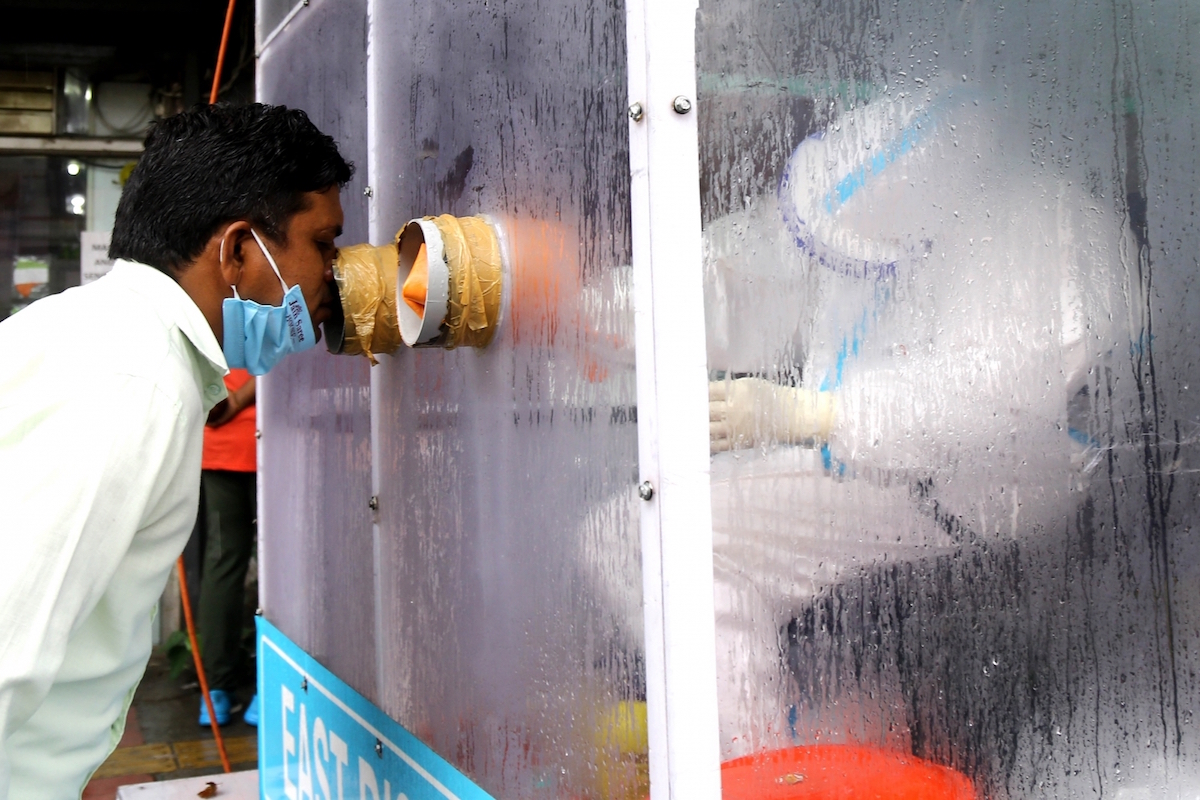Yuva Shakti will make India developed nation: PM Modi
Prime Minister Narendra Modi declared on Sunday that the strength of “Yuva Shakti” will make India a developed nation.
Researchers from the Ohio State University in the US, worked with the crews responsible for cleaning the rooms at the university where students who tested positive for Covid-19 were isolated.

P(Photo: IANS)
Some genetic material of the coronavirus can persist up to a month in dust in the rooms where Covid-19 patients were isolated, finds a study.
The study, published in the journal mSystems, did not evaluate whether the dust can transmit the virus to humans. But, it offers another option for monitoring Covid-19 outbreaks in specific buildings, including nursing homes, offices or schools.
Advertisement
Researchers from the Ohio State University in the US, worked with the crews responsible for cleaning the rooms at the university where students who tested positive for Covid-19 were isolated.
Advertisement
They also collected samples from two homes where people who tested positive for Covid-19 lived. They gathered vacuum bags of dust from the cleaning crews and from the homes. The researchers also tested swabs collected from surfaces in the rooms.
They found RNA — part of the genetic material inside a virus — in 97 per cent of the bulk dust samples and in 55 per cent of the surface swabs.
The samples were tested weekly. Even after four weeks, the virus`s RNA did not significantly decay in the vacuum bags.
“We weren`t sure that the genetic material would survive – there are many different organisms in dust, and we weren`t sure we`d see any viral RNA at all,” said lead author Nicole Renninger, an engineering graduate at the varsity.
“And we were surprised when we found that the actual RNA itself seems to be lasting a pretty long time,” Renninger said.
Municipalities and others have tested wastewater to evaluate the prevalence of Covid-19 in a given community. As gene copies and fragments of the virus live in human waste, testing wastewater can determine how widespread the virus might be even if people are asymptomatic.
Dust monitoring could offer similar understanding on a smaller scale — say, a specific nursing home, hospital or school, Renninger said.
Advertisement